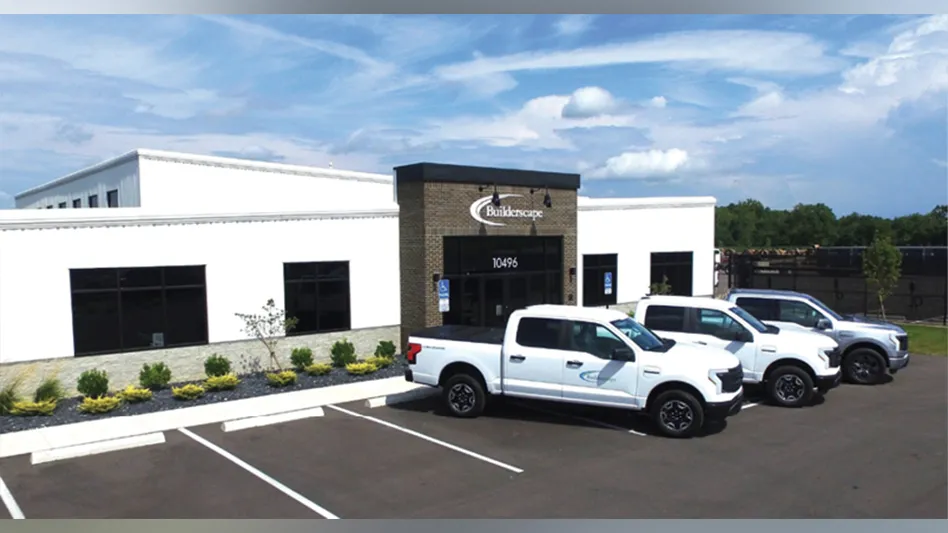Travels with Jim follows Jim Huston around the country as he visits with landscapers and helps them understand their numbers to make smarter decisions.

I first covered this topic almost three years ago in the August 2015 issue of Lawn & Landscape magazine. Due to the dramatic increase in labor costs throughout the country, it’s time to revisit hourly rates and what makes sense for your business. Keep in mind that the cost of labor has increased anywhere from $2 to $6 per hour the past three years and that for every $1 increase in the cost of labor, the contractor has to raise his price to the customer $2-3 per hour.
A mistake that many contractors make is to charge the same man-hour rate for maintenance crews as well as construction ones. This misunderstanding often results in maintenance rates being too high and construction ones being too low. CPAs often add to this confusion when they help their clients calculate these average rates without understanding some of the subtle reasons why they should not be the same. Let me explain why your construction hourly rate should be 20 to 25 percent higher than your maintenance hourly rate. I’ll calculate hourly rates for both a two-man maintenance crew and a three-man construction crew using a one-day scenario and an Excel worksheet that I developed for such calculations. You can calculate your rates by substituting your costs in these scenarios.
Calculating the maintenance man-hour rate.
In this one-day scenario, we have two people earning an hourly wage of $18 and $14 respectively. The crew average wage (CAW) calculates to be $16. This crew works a 50-hour week. The labor burden – Federal Insurance Contributions Act (FICA), The Federal Unemployment Tax Act (FUTA), the State Unemployment Tax Act (SUTA), workers’ compensation insurance (WCI), general liability insurance (GLI), vacations, holidays, paid-time off (PTO) and medical insurance – is 20 percent. General and administrative (G&A) overhead for the maintenance division is $12 per man-hour. The cost per hour (CPH) for the ¾ ton crew truck and trailer is $14. The 48-inch ride-on mower runs five hours per day at a CPH of $14. The 36-inch walk-behind mower also runs for five hours per day at a CPH of $6. We’ll put one hour on the 21-inch mower with a CPH of $5. Edgers, trimmers and blowers run a total of three hours per day at a CPH of $4.75 each.
Calculating the residential construction man-hour rate.
In this one-day scenario, we have three people earning an hourly wage of $22, $17 and $15 respectively. The CAW calculates to be $18. The crew works a 50-hour week. The labor burden (FICA, FUTA, SUTA, WCI, GLI, vacations, holidays, PTO and medical insurance) is 25 percent. General and administrative (G&A) overhead for the maintenance division is $18 per man-hour. The cost per hour (CPH) for the one-ton crew truck without a trailer is $14.
“Always add a 10 percent risk factor to (your) calculations.”
Analysis.
Most of our calculations are self-explanatory. However, four specific numbers need further explanation. First, I always add a 10 percent risk factor to my calculations because things don’t always go as planned. Second, the labor burden for a maintenance crew is usually a little lower than that for a construction crew. Third, the G&A overhead cost per man-hour for a maintenance crew is usually 30 to 50 percent lower than that for a construction crew since construction work is much more management intensive than maintenance work. Finally, a residential construction crew should add a 20 percent net profit margin (this is a 25 percent markup) to its break-even point (BEP), while a maintenance crew usually operates at a 10 percent net profit margin.
The 2018 maintenance man-hour rate is $7.64 higher ($51.77 – $44.13) than its 2015 counterpart – a 17.3 percent increase. Likewise, the 2018 install man-hour rate is $6.91 higher ($60.91 – $54.00) than its counterpart in 2015 – a 12.8 percent increase.
Conclusion.
The pricing for our construction crew is $9.14 more per man-hour than the maintenance crew. That’s almost an 18 percent difference. Too many contractors who use an average man-hour rate overprice their maintenance accounts while underpricing their construction projects. This means that they could be more competitive bidding maintenance work while making more money on construction projects. And who couldn’t use more money?

Explore the June 2018 Issue
Check out more from this issue and find you next story to read.
Latest from Lawn & Landscape
- Blue Diamond Attachments launches new rotary cutters
- Blossoming opportunities
- Hyundai adds HD100 Tracked Dozer
- Surfacing this summer
- Our July issue is live
- Schill Grounds Management acquires Pinnacle Landscaping
- Michael Hatcher & Associates expands operations to Huntsville, Alabama
- Heatwave hardships





